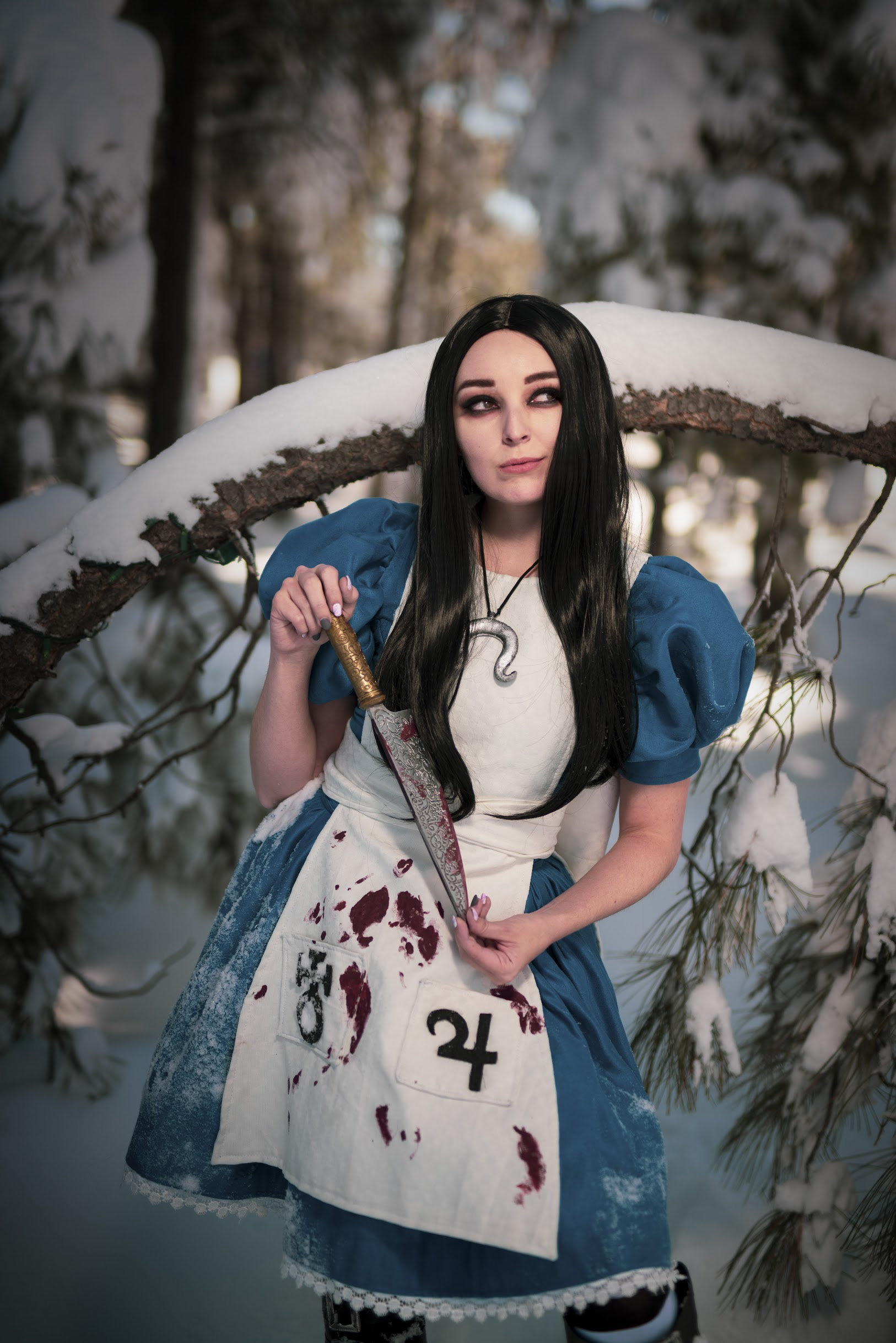


In all, I collected about fifty editions, mostly paperbacks found at used bookstores, illustrated by a variety of artists (the text entered the public domain in 1907, allowing ample opportunities for interpretation). Growing up, I collected different editions of Lewis Carroll’s novels, Alice’s Adventures in Wonderland and its sequel, Through the Looking-Glass, and What Alice Found There. While I thoroughly enjoyed Madness Returns, I mostly want to talk about Alice in the original. When I desperately wanted to escape into lush landscapes with abundant angst (granted, I feel this way most of the time, as you’ll know if you’ve read this column even once before). Both releases came at transitional periods of my life when I had bad skin and a lot of homework. When the first game came out, I was in middle school, and in graduate school for the release of its sequel, Alice: Madness Returns. The landscapes are lush and the angst is abundant. She’s a Victorian girl who, in American McGee’s vision, has to murder the shadows within her own psyche. The game nevertheless holds a firm place in my psyche – as evidenced by its inclusion in my screensaver, which primarily consists of beautiful maidens napping in forests and/or murdering people. “It’s, like, a metaphor.” This wasn’t particularly eloquent, but it had been a while since I talked to anyone about American McGee’s Alice. She’s locked up in an asylum and has to kill things in evil Wonderland.” I paused. The other day, an image of American McGee’s Alice admiring her blood-spattered Vorpal Blade floated across my laptop screensaver. If you like what you see, grab the magazine for less than ten dollars, or subscribe and get all future magazines for half price.

This column is reprinted from Unwinnable Monthly #120.


 0 kommentar(er)
0 kommentar(er)
